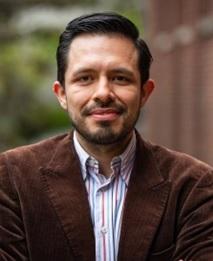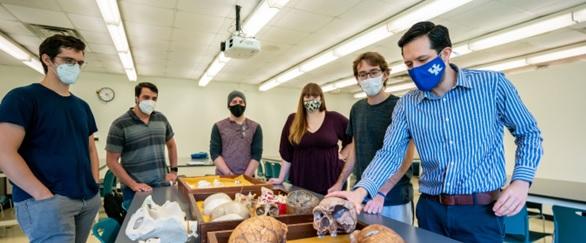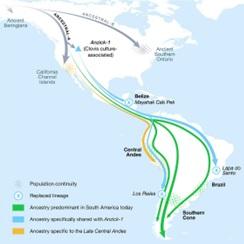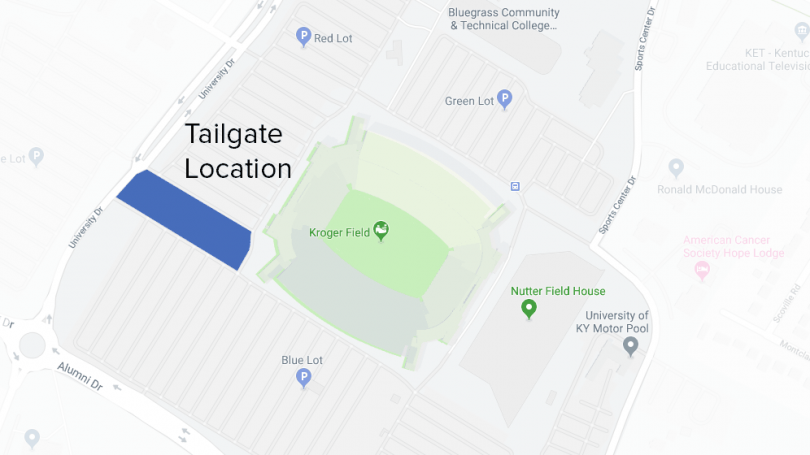Independent Work In Marketing
Designed for advanced students who undertake research problems to be conducted in regular consultation with the instructor. May be repeated to a maximum of six credits.
Designed for advanced students who undertake research problems to be conducted in regular consultation with the instructor. May be repeated to a maximum of six credits.
Students will be introduced to basic clinical laboratory principles and techniques and provided an opportunity to learn and practice the skills necessary for obtaining a blood specimen by venipuncture and dermal puncture. This course includes a mandatory clinical phlebotomy training opportunity that provides the student with experience collecting venous blood specimens for laboratory testing.
This course provides the student with an understanding of biochemical systems in the body. During this course, the student will be able to describe how these systems work, the interaction between the systems and understand the consequences that occur when there is a disruption of a system. At the completion of this course, the journey through these metabolic pathways will provide a relevant and informative experience.
This course is designed to provide students with a comprehensive study of the immune system including principles of immunological and serological procedures, immunological disorders and diseases, and significance of laboratory methods used for diagnosis.
This course is a study of the formed elements of the blood including the practice of routine and specialized test procedures. Anemias, leukemias, and non-malignant disorders are discussed and emphasis is placed on the correlation of hematology test results with these diseases and disorders.
The study of medically significant microbiology, including normal flora and pathogens. Lectures also cover microbial physiology, interactions between host and pathogenic microorganisms, and the clinical and epidemiological consequences of these interactions. Clinical bacteriology knowledge will be applied through case studies.
 Hugo Reyes-Centeno HEVA (Human Evolution & Virtual Anthropology Lab) EduceLab
Hugo Reyes-Centeno HEVA (Human Evolution & Virtual Anthropology Lab) EduceLab
Dr. Hugo Reyes-Centeno is an evolutionary anthropologist specializing on the emergence of modern human anatomy and behavior over the last million years. In addition, he conducts inter-disciplinary research on human biocultural diversity and the study of natural and cultural heritage worldwide. Prior to joining the University of Kentucky in 2020 as Assistant Professor of Anthropology, he served as Scientific Coordinator and co-founder of the Center for Advanced Studies “Words, Bones, Genes, Tools” at the University of Tübingen (Germany), where he also completed a dissertation in the Institute of Archaeological Science and the Senckenberg Centre for Human Evolution and Paleoenvironments. His research has appeared in Cell, PNAS, Journal of Human Evolution, and PLoS Genetics, among other venues. He has performed paleontological and archaeological fieldwork in France, Italy, Peru, the Philippines, and Spain. Currently, he serves as Co-PI of the NSF-funded EduceLab: Infrastructure for Next Generation Heritage Science.
Abstract: Despite consensus on the emergence of anatomically modern humans in Africa and their subsequent dispersal into the rest of the world, the mode and timing of these processes remain controversial topics. In addressing them, data on human anatomical and genomic variation have sometimes generated conflicting inferences. Therefore, approaches that consider both lines of evidence under a common theoretical framework are important for reconciling competing evolutionary models. In this talk, I highlight research that tests competing models of human dispersal out of Africa, which applies quantitative genetic and population genetic methods to anatomical and genomic data. I discuss the caveats of these conclusions, including the influence of admixture between modern humans and other hominins. Furthermore, I examine how these findings align with the known human fossil record and a growing inventory of ancient genomes from archaeological and paleontological contexts. Finally, I review how ongoing field and laboratory projects in Eastern Africa, Southeast Asia, and South America shed light on human evolution, adaptations, and dispersals.
 |
 |
Tailgate with A&S alumni and friends before Kentucky and Georgia fight like cats and dogs!
Join Dean Ana Franco-Watkins for tailgate food and drinks, games, and A&S giveaways. All College of Arts & Sciences alumni are welcome to attend.
Reserve your spot HERE for the tailgate now - Space is limited!

The A&S Alumni Tailgate will begin at 1:30 p.m. with the game starting at 3:30 p.m. Times are subject to change. Food and drink are served at no cost.
The A&S Alumni Tailgate location will be at the Commonwealth Lawn, located in the Main Lot by Kroger Field.
This course is concerned with the interaction of the science and art of statistics with our every- day lives emphasizing examples from the social and behavioral sciences. The student will not be required to learn mathematical formulas. Topics include the nature of statistics, uses and misuses of statistics, the scope and limitations of statistics, criteria by which published statistics may be judged, interpreta- tion of probability and the art of decision making.
Reading and analysis of Spanish literary and cultural works from the 18th and 19th century. The course may cover multiple genres, authors, periods, regions, or topics. Course may be repeated under different titles to a maximum of six credits.